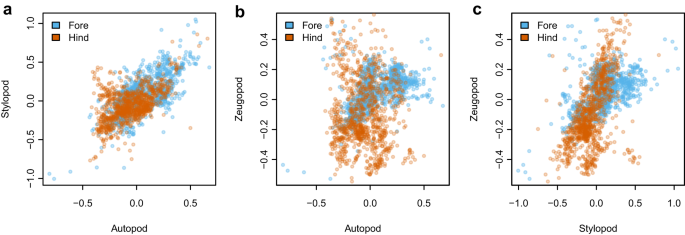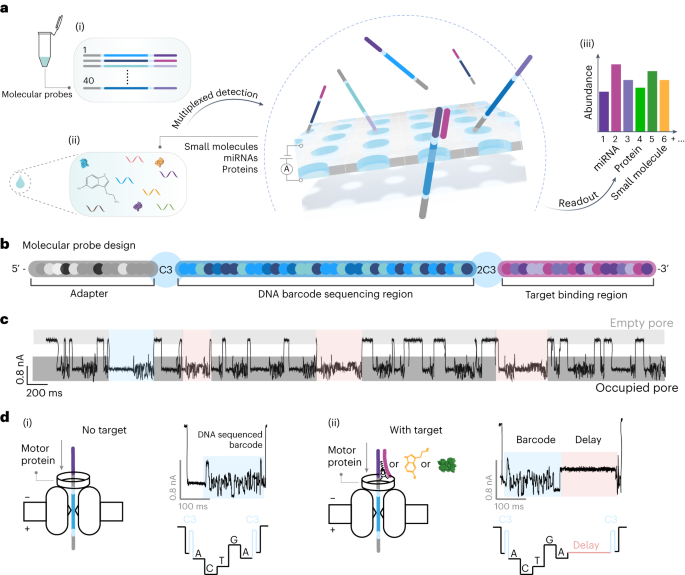2023-09-25 バース大学
◆この研究により、鳥の骨格の複雑さと多様性の間に相関があることが初めて明らかになり、なぜ鳥類の生態系多様性が異なるのかが理解されました。
◆鳥の骨格が複雑であるほど、それらはより特化し、新しい種を生み出す能力が低くなることが示唆され、環境の変化に対する脆弱性が高まる可能性があります。
<関連情報>
- https://www.bath.ac.uk/announcements/study-shows-birds-that-have-evolved-greater-complexity-are-less-biodiverse/
- https://www.nature.com/articles/s41467-023-41415-2
複雑でない骨格を持つ鳥類は、種の豊かさが高い傾向にある。 Bird clades with less complex appendicular skeletons tend to have higher species richness
Andrew Brinkworth,Emily Green,Yimeng Li,Jack Oyston,Marcello Ruta & Matthew A. Wills
Nature Communications Published:19 September 2023
DOI:https://doi.org/10.1038/s41467-023-41415-2

Abstract
Species richness is strikingly uneven across taxonomic groups at all hierarchical levels, but the reasons for this heterogeneity are poorly understood. It is well established that morphological diversity (disparity) is decoupled from taxonomic diversity, both between clades and across geological time. Morphological complexity has been much less studied, but there is theory linking complexity with differential diversity across groups. Here we devise an index of complexity from the differentiation of the fore and hind limb pairs for a sample of 983 species of extant birds. We test the null hypothesis that this index of morphological complexity is uncorrelated with clade diversity, revealing a significant and negative correlation between the species richness of clades and the mean morphological complexity of those clades. Further, we find that more complex clades tend to occupy a smaller number of dietary and habitat niches, and that this proxy for greater ecological specialisation correlates with lower species richness. Greater morphological complexity in the appendicular skeleton therefore appears to hinder the generation and maintenance of species diversity. This may result from entrenchment into morphologies and ecologies that are less capable of yielding further diversity.


